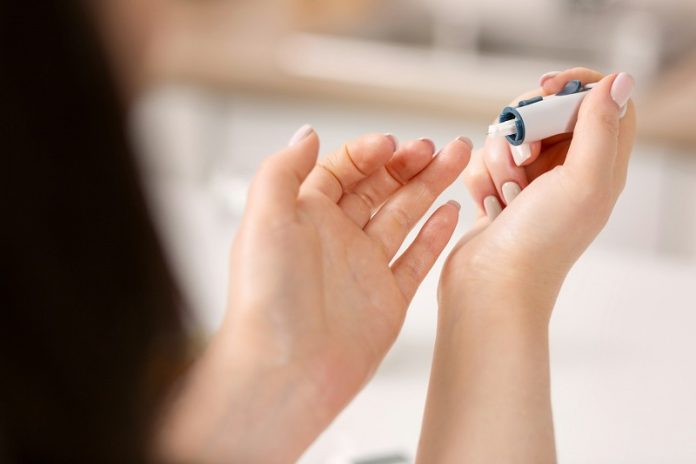
For millions of people with diabetes, injecting insulin every day is a routine—but unpleasant—part of life. About 75 million people around the world must use needles or insulin pumps to manage their blood sugar. But a new scientific breakthrough may soon offer them a much easier and friendlier option: insulin that can be eaten, even inside a piece of chocolate.
A group of international researchers has developed a smart insulin that can be taken by mouth and knows exactly when and where to work inside the body. The new method, which uses advanced nanotechnology, has shown strong results in lab tests and animal studies. The findings were recently published in the journal Nature Nanotechnology.
The key to this innovation is the use of tiny nano-carriers—particles so small that they’re about 1/10,000th the width of a human hair. These particles are used to carry insulin through the body and are designed to break open only when blood sugar is high.
That way, insulin is released only when needed, reducing the risk of blood sugar dropping too low—a condition called hypoglycemia, which can be dangerous.
Professor Peter McCourt from UiT Norway’s Arctic University explains that traditional insulin injections spread the hormone throughout the body, which can cause unwanted side effects. But with this new oral insulin, the delivery is more targeted and efficient, especially to the liver—a key organ in blood sugar control.
The problem with earlier attempts to make insulin pills or capsules was that insulin would break down in the stomach before reaching the bloodstream.
But the team, led by researchers from the University of Sydney and Sydney Local Health District in collaboration with UiT, found a solution. They created a protective coating that shields the insulin from stomach acid and enzymes. This coating stays intact until it reaches the liver.
Once the insulin reaches the liver, it only activates if blood sugar levels are high. Special liver enzymes break down the coating, releasing insulin to do its job—helping the liver, muscles, and fat tissues absorb sugar from the blood. When blood sugar is normal or low, the insulin stays locked inside, preventing overdosing and lowering the risk of hypoglycemia.
Nicholas J. Hunt, one of the project leaders, says this method mimics how insulin works in healthy people. In the human body, insulin made by the pancreas first travels to the liver before affecting the rest of the body.
But when insulin is injected under the skin, too much of it reaches fat and muscle tissues instead. That can lead to weight gain, fat buildup in the liver, and dangerous drops in blood sugar.
The new insulin avoids those issues—and is far easier to take. In one experiment, researchers even added the insulin to sugar-free chocolate to make it more enjoyable.
The chocolate-insulin was tested on baboons at Australia’s National Baboon Colony and worked well, lowering their blood sugar without causing side effects. Tests on diabetic mice and rats showed similar positive results, with no weight gain or low blood sugar episodes.
The next step is testing the new insulin in humans. Human trials are set to begin in 2025 and will be led by the Australian spin-out company Endo Axiom Pty Ltd.
In the first phase, scientists will test the safety of the treatment and look for any signs of hypoglycemia in both healthy volunteers and people with type 1 diabetes. If the results are good, they’ll move on to larger studies to see if this new oral insulin can truly replace injections.
If everything goes well, the researchers hope this new insulin could be available to the public in just two to three years. For people living with diabetes, that could mean saying goodbye to daily injections—and hello to a simpler, safer, and sweeter way to manage their condition.
If you care about diabetes, please read studies about Vitamin D and type 2 diabetes, and what you need to know about avocado and type 2 diabetes.
For more information about diabetes, please see recent studies about how to eat to prevent type 2 diabetes, and 5 vitamins that may prevent complication in diabetes.
The research findings can be found in Nature Nanotechnology.
Copyright © 2025 Knowridge Science Report. All rights reserved.



